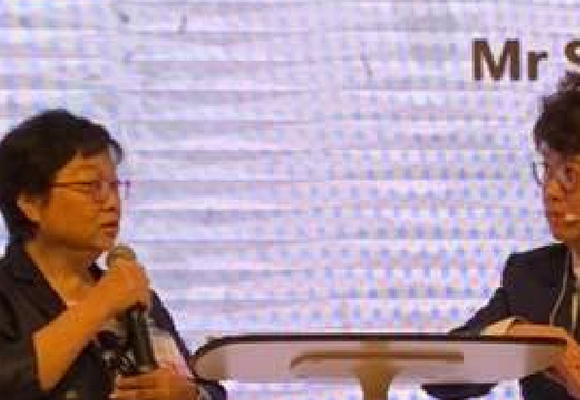Vision Problems After Stroke
According to the Third National Health and Morbidity Survey (NHMS) in 2006, the report showed that around 0.3% of stroke among Malaysians. The fourth NHMS survey in 2011, the prevalence of stroke was increased to 0.7% with 1.7% among those aged 55-59 years, 2% in 60-64 years, 3% in 65-69 years, 3.5% in 70-74 years and 7.8% in 75 years and beyond.
The results showed that 27% of patients with stroke had a visual field defect, 20% had ocular motility disturbance, 4% had low vision and 2% had perceptual difficulties including inattention. Whereas, 15% of patients had combinations of the visual field, ocular motility, low vision, and perceptual deficits.
Vision problems can be happened if a person’s brain is damaged. This is because there are two factors affecting our vision. The first factor is we need a healthy eye to receive visual information from the surrounding. The second is healthy visual processing central in the brain to interpret and process the visual information. The effect of stroke is depending on the part of the brain that is affected.
Neuro-Optometric Vision rehabilitation is important to maximize the patient’s visual function. It is usually combined with more than one type of therapy such as physiotherapy and occupational therapy to achieve a better result and to improve the vision whether in reading, mobility, or other activities of daily lives. Neuro-optometrist will work with other therapies to help stroke patients to learn new ways of performing tasks.
In general, people with stroke may have few types of visual impairment:
(i) Visual field loss
Two types of vision: central vision and peripheral vision. If patients with stroke experienced central vision loss, they are not able to see in the center, only can see things on the edge. Peripheral vision loss means to lose one side of the visual field. They can only see the right or left half from the surrounding.
(ii) Eye movement problems
Eye movement problems can occur in stroke patients, affecting the way to control their eyes. A patient who has this issue may be difficult to judge the distances, look away from looking at one thing to another. It can mean that the eye is constantly moving so that the objects seem shaky. This condition is known as nystagmus.
(iii) Visual processing problems
If the part of the patient’s brain that responsible to receive the visual information from the eyes is affected after stroke, he may experience visual processing problems – visual neglect. The brain will ignore the visual information that comes from one side of the eye, causing the patient is not able to differentiate left or right side.
Patients with stroke after visited an Ophthalmologist should visit a Neuro-optometrist who specialized in Neuro-Optometric Vision rehabilitation so that they can advise the best and most suitable treatment plans. Visual field loss usually can be treated with different optical aids.📱 Call us or What’sapp: https://wa.link/87z6l2
Reference:
https://www.nature.com/articles/s41598-020-68335-1
http://www.e-mjm.org/2016/v71s1/stroke-research.pdf


